FHD vs QHD: Choosing the Best Resolution for Your Needs
With technology constantly evolving, the terms FHD (Full High Definition) and QHD (Quad High Definition) are often encountered. These resolutions play a crucial role in determining the quality and clarity of your visual experience. Whether you're in the market for a new monitor, laptop, or smartphone, understanding the differences between FHD and QHD can help you make an informed decision. We also often see people asking 'FHD vs QHD. Worth it?'. This comprehensive guide explores the features, benefits, and considerations of FHD vs QHD, helping you choose the right resolution for your needs.
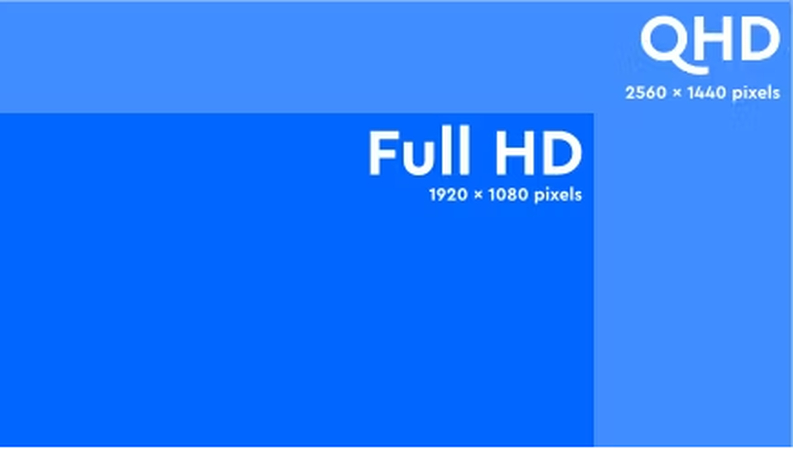
Part 1: What is FHD (Full High Definition)?
FHD, or Full High Definition, refers to a display resolution of 1920x1080 pixels. It is also commonly known as 1080p. The "1080" in FHD represents the number of vertical pixels, while the "p" stands for progressive scan, indicating that each frame is drawn sequentially, rather than being interlaced.
Key Characteristics of FHD:
- Resolution: 1920x1080 pixels, providing a total of approximately 2.07 million pixels.
- Aspect Ratio: 16:9, which is standard for most modern displays.
- Image Quality: Offers clear and sharp images suitable for a wide range of activities including web browsing, streaming, and general computing.
Pros of FHD:
- Affordability: FHD displays are generally more cost-effective, making them a popular choice for budget-conscious consumers.
- Performance: Lower resolution demands less from your hardware, allowing for smoother performance in gaming and everyday tasks.
- Energy Efficiency: Typically consumes less power compared to higher resolutions, extending battery life on laptops and mobile devices.
Cons of FHD:
- Lower Detail: Compared to higher resolutions, FHD may appear less sharp, especially on larger screens.
- Limited Screen Real Estate: Offers less space for multitasking, which can be restrictive for productivity-focused tasks.
Part 2: What is QHD (Quad High Definition)?
QHD, or Quad High Definition, boasts a resolution of 2560x1440 pixels. The "Quad" signifies that it has four times the resolution of 720p HD, which is also known as 1440p. This resolution is an intermediate step between FHD and 4K, offering a significant boost in pixel count and image clarity.
Key Characteristics of QHD:
- Resolution: 2560x1440 pixels, providing a total of approximately 3.69 million pixels.
- Aspect Ratio: 16:9, similar to FHD, which ensures compatibility with most content and media.
- Image Quality: Provides sharper and more detailed images compared to FHD, making it suitable for high-definition content and professional work.
Advantages of QHD:
- Enhanced Detail: Higher pixel density offers sharper images and more detailed visuals, beneficial for design work and high-end gaming.
- Increased Screen Real Estate: Provides more space for multitasking, allowing you to view more content or multiple applications simultaneously.
- Improved Immersion: Higher resolution enhances the visual experience in movies and games, making for a more immersive experience.
Disadvantages of QHD:
- Higher Cost: Generally more expensive than FHD displays, both in terms of initial purchase and potential upgrades.
- Increased Hardware Demands: Requires a more powerful graphics card to run games and applications smoothly at higher resolutions.
Part 3: FHD vs QHD: Which One is Better?
1. Pixel Density
Pixel density, measured in pixels per inch (PPI), affects how sharp and detailed the display appears.
- FHD: A 24-inch FHD monitor has a pixel density of approximately 91 PPI. This density is adequate for most users, providing clear visuals for everyday tasks. However, on larger screens, the lower pixel density can result in less sharp images.
- QHD: A 27-inch QHD monitor has a pixel density of about 109 PPI. The higher pixel density ensures that images and text appear sharper and more detailed, which is particularly noticeable on larger screens or when working with high-resolution content.
2. Screen Real Estate
Screen real estate refers to the amount of usable space available on your screen.
- FHD: Offers less screen space due to its lower resolution. This can be a limitation if you often work with multiple windows or detailed documents. For instance, users who need to view large spreadsheets or complex design work might find FHD displays restrictive.
- QHD: Provides more screen real estate, allowing for more content to be displayed simultaneously. This extra space is beneficial for professionals who need to multitask or work with detailed graphics, as well as for gamers who want to see more of their virtual environment.
3. Gaming Performance
Resolution impacts gaming performance by affecting frame rates and visual clarity.
- FHD: Less demanding on your graphics card, making it easier to achieve higher frame rates. This is advantageous for gamers who prioritize smooth performance and lower latency, especially in competitive gaming.
- QHD: Offers superior visual quality but requires a more powerful graphics card to maintain high frame rates. Gamers with high-end hardware can enjoy more detailed graphics and a richer visual experience. However, the increased demands may lead to higher costs for gaming setups.
4. Cost Considerations
Cost is an important factor when choosing between FHD and QHD displays.
- FHD: Generally more affordable, making it a good choice for those with budget constraints. FHD monitors, laptops, and TVs are widely available at various price points, and they provide a good balance of performance and value.
- QHD: More expensive due to the higher resolution and enhanced features. The cost difference can be significant, particularly for larger screens or high-end models. Additionally, you might need to invest in more powerful hardware to fully utilize QHD's capabilities.
5. Use Cases and Applications
Different resolutions suit different applications and user needs.
- FHD: Ideal for general use, including web browsing, streaming, office work, and casual gaming. It provides a good balance for everyday tasks and is sufficient for most consumers who do not require high-resolution visuals.
- QHD: Better suited for tasks that demand higher resolution, such as professional design work, photo and video editing, and high-end gaming. The increased pixel density and screen real estate make it a preferred choice for users who need detailed visuals and enhanced productivity.
Part 4: FHD vs QHD: Choosing the Right Resolution for You
The decision between FHD and QHD depends on your specific needs and preferences. Consider the following factors when making your choice:
1. Budget
If you are on a tight budget, FHD displays offer good value and performance. They are cost-effective and meet the needs of most users without breaking the bank. However, if you have a higher budget and want better image quality and more screen space, investing in a QHD display could be worthwhile.
2. Usage
- General Use: For everyday tasks such as browsing, streaming, and office work, FHD is typically sufficient.
- Professional Work: If you work with detailed graphics, videos, or large documents, QHD provides the clarity and screen real estate needed for efficient multitasking and professional-grade work.
- Gaming: FHD is ideal for competitive gamers who prioritize high frame rates and performance. QHD is better suited for gamers who want an immersive experience with enhanced visuals and have the hardware to support it.
3. Hardware Compatibility
Ensure that your hardware is compatible with the resolution you choose. FHD displays work well with most systems, while QHD displays may require more powerful graphics cards and processors to fully leverage their capabilities.
Bonus Tips: Watching Videos in QHD for Better Visual Experience
If you're someone who enjoys watching videos in QHD resolution, whether it's for movies, online courses, or your favorite YouTube channels, you might want to download them for offline viewing. This ensures that you can enjoy high-quality content without relying on an internet connection. One of the best tools available for this purpose is the HitPaw Univd (HitPaw Video Converter), a powerful and user-friendly downloader designed to help you download videos from various online platforms in different resolutions, including QHD (1440p). Whether you're saving videos from YouTube, Netflix, Facebook, Disney+, or other popular sites, HitPaw makes the process straightforward and hassle-free. Now, we'll walk you through the steps to download QHD videos for offline viewing.
Key Features of HitPaw Univd
HitPaw Univd - All-in-one Video Solutions for Win & Mac
Secure Verified. 254,145 people have downloaded it.
- High-Quality Downloads: Allows you to download videos in their original quality, including QHD, HD, and even 4K, ensuring that you get the best viewing experience offline.
- Wide Platform Support: Supports downloads from a wide range of websites, including YouTube, Vimeo, Dailymotion, Facebook, and many more. This makes it versatile for all your video downloading needs.
- Batch Downloading: Supports batch video downloading, saving you time and effort.
- Fast Download Speed: Optimized for speed, allowing you to download videos quickly without compromising quality.
- Subtitle and Audio Extraction: Allows you to download subtitles along with your videos or even extract audio from videos if needed.
Secure Verified. 254,145 people have downloaded it.
How to Download Videos in QHD with HitPaw Univd
Step 1: Download and Install HitPaw Video Downloader
First, download the HitPaw Univd. Follow the installation instructions to set it up on your computer. Then switch to Download section.

Step 2: Copy the QHD Video URL
Navigate to the video you want to download on your chosen platform (e.g., YouTube). Copy the URL of the video from the address bar of your browser.
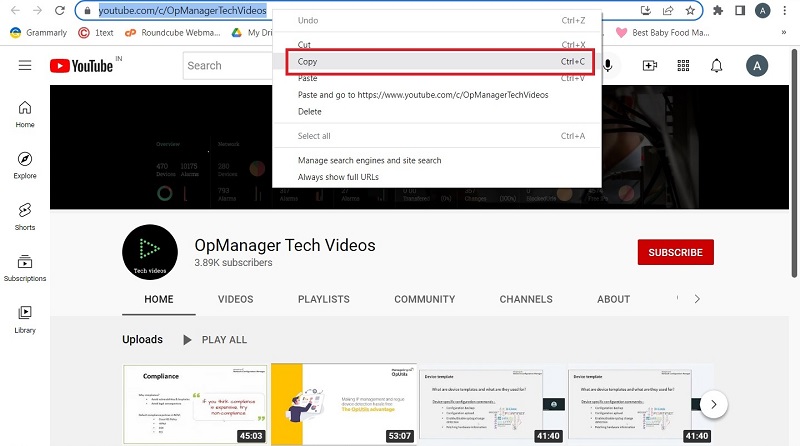
Step 3: Paste the URL in HitPaw Univd
You will see a text box where you can paste the URL of the video. Paste the copied link into this box.

Step 4: Choose the QHD Resolution
In this screen, you can choose the file type, subtitle and resolution. Select "QHD (1440p)" from the options to ensure you're downloading the video in high quality. You can also choose to download the video with subtitles or extract audio if needed.
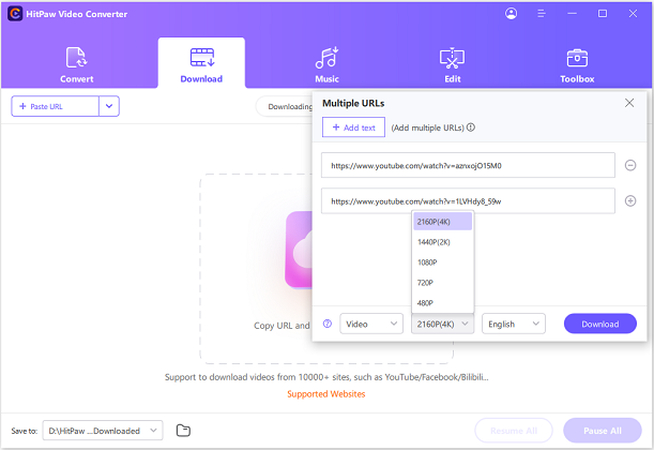
Step 5: Download the Video
Once you've selected the desired resolution and options, click on the "Download" button. HitPaw will start downloading the video in QHD.
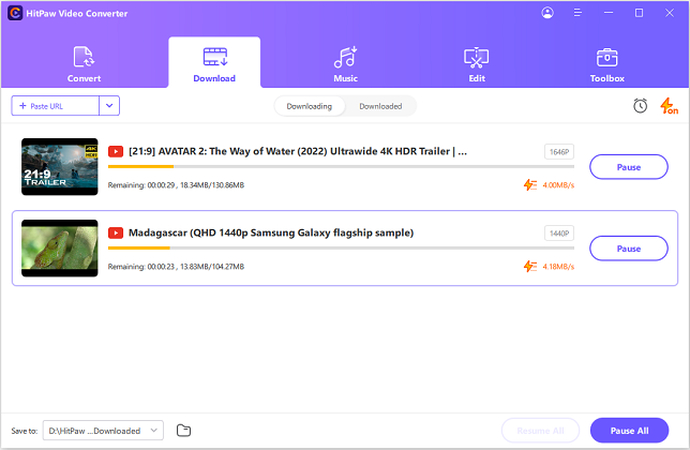
Step 6: Enjoy Better QHD Visual Experience
After the download is complete, you can find the video in the designated folder on your computer. Now, you can enjoy watching the video offline, anytime and anywhere, in stunning QHD resolution.

FAQs about FHD vs QHD
Q1. Is QHD really worth it?
A1. Each resolution has its own pros and cons when compared to different scenarios and usage requirements. If you're looking for a higher level of detail in video games, professional video editing, or similar scenarios that require a high level of visual accuracy, then QHD is indeed the way to go.
Q2. FHD and QHD: Which is Better for Movie-Watching?
A2. Depends on personal preference and budget. If you are a cinema enthusiast and want the best viewing experience, then QHD is worth investing in. But, if you're an amateur film watcher who just wants a quality display and doesn't want to be overly broke, then a Full HD display may suffice.
Conclusion
Both FHD and QHD resolutions offer distinct advantages and are suitable for different applications and user needs. FHD provides a cost-effective solution with good performance for general tasks, while QHD offers superior image quality and more screen space for professional work and immersive experiences.
Whether you choose FHD or QHD, don't miss out on using HitPaw Univd to download high quality videos to enhance your visual experience and meets your expectations.


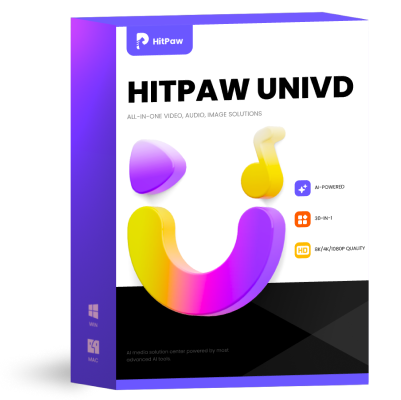





 HitPaw VoicePea
HitPaw VoicePea  HitPaw VikPea (Video Enhancer)
HitPaw VikPea (Video Enhancer)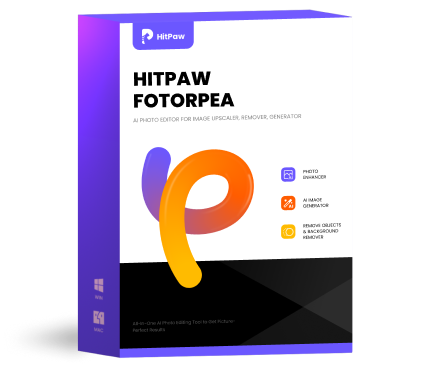 HitPaw FotorPea
HitPaw FotorPea


Share this article:
Select the product rating:
Daniel Walker
Editor-in-Chief
My passion lies in bridging the gap between cutting-edge technology and everyday creativity. With years of hands-on experience, I create content that not only informs but inspires our audience to embrace digital tools confidently.
View all ArticlesLeave a Comment
Create your review for HitPaw articles